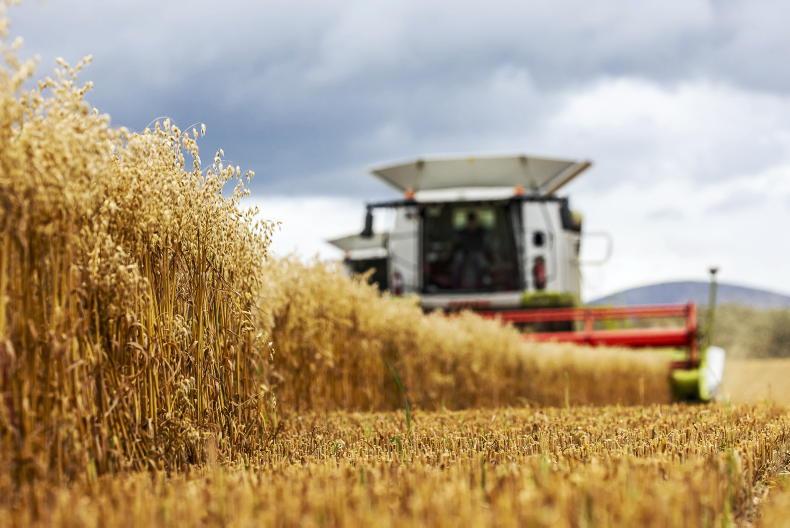The farming industry in Northern Ireland (NI)has changed beyond recognition since the partition of Ireland in 1921.
The most notable difference in the fields of NI over the past century has been the gradual reduction in the area planted in cereals, potatoes and other crops.
According to statistics kept by the Department of Agriculture, Environment and Rural Affairs (DAERA), the total area in crops stood at 258,903ha in 1921 but hit a historic low of 44,898ha in 2019.
The area planted in flax, which was used to produce linen cloths, peaked in northern counties during 1864 at 83,815ha. By 1921, the flax area was down to 12,343ha and the last recorded crop on the agricultural census was 69ha in 1961.
Oats, which were mainly used to feed horses, were the cereal of choice on NI farms for the first half of the 20th century. There were 145,690ha of oats grown in 1921, but this hit a low of 1,879ha in 2012.
The mechanisation of farming also led to huge changes in agricultural employment. There were 217,942 people working on NI farms in 1921, compared to 49,423 today. The reduction was sharpest in the 1950s and 1960s but slowed significantly after that and eventually levelled out.
The total number of farms has also reduced over the past 100 years. Official figures indicate a fivefold drop from 132,091 holdings shortly after the formation of NI, to 24,827 farm businesses in the most recent census.
Consolidation ultimately led to bigger farms and the average farm size now stands at 102ac. Looking at a breakdown of farms by size, there were 39,909 farms under five acres a century ago, compared to just 1,609 farms now.
However, growth in the number of large farms is probably less than many expect. There were 841 farms over 200 acres in size a century ago and only 1,143 farms fall into this bracket now.
Livestock
Over the last 100 years, the number of different enterprises on individual NI farms has generally reduced and the industry has become more livestock based.
Total cattle numbers in NI increased at its fastest rate from the early 1940s through to the 1980s, peaking at 1.77m in 1998 when EU headage payments were available. They now stand at 1.61m.
The biggest change in total ewe numbers was seen 1980s when it more than doubled. It also peaked with headage payments in 1998 at 1.44m, and now sits at 0.94m ewes.
Total poultry numbers have fluctuated over the decades but gradually increased over the past 10 years to reach a historic high in 2018 of 26m birds. Total pig numbers (sows, gilts and pigs) peaked at 1.25m in 1965, then fell, but have increased by over 50% during the past decade to reach 674,428 head.






 This is a subscriber-only article
This is a subscriber-only article











SHARING OPTIONS: